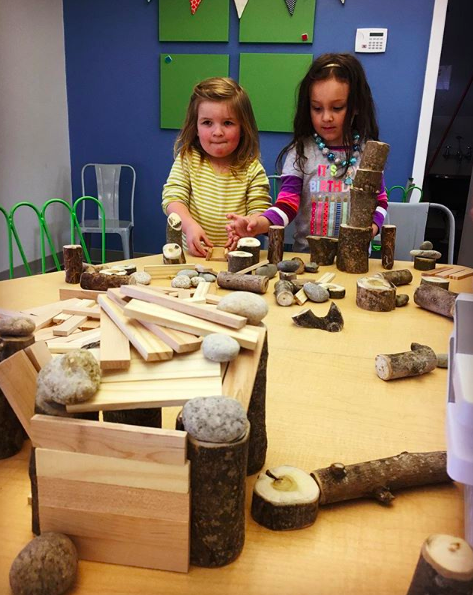
How to Teach Children What to Do in an Emergency and Resources to Keep Them Safe
When it comes to the health and safety of you, your family, and especially the little ones in your life we all know it’s always better to be safe than sorry. In an urgent situation, it can be difficult to think clearly or know what to do, but simply being prepared can make all the difference in the event of an emergency.
Talking to children about basic safety, and teaching them what to do in an emergency situation should be an ongoing conversation, but the earlier you start the conversation the better. As scary as it may be to imagine a child needing to call 9-1-1, children as young as three have saved the lives of their parents, grandparents, and others by knowing how.
In this guide, we provide strategies to make teaching children how to use 9-1-1 easier and tips to help keep everyone in your household safe.
Talking to Children About 9-1-1
One of the simplest ways to help children understand what 9-1-1 is is to talk about who the first responders in your community are. You can start by helping them identify police officers and police cars, firefighters and fire trucks, and EMTs/paramedics and ambulances.
You can then ask simple questions like, “Who helps put fires out?” and they will likely be very excited to let you know. From there you can encourage them further by asking things like, “What do you do if you see a fire?”.
Having conversations like this helps children understand how first responders help us while also discussing different types of emergencies in a non-fearful way.
Teaching Children When to Call 9-1-1
Talking about the different jobs first responders do also helps our little ones understand what to do in an emergency and when to call 9-1-1. It is important that they know to call 9-1-1 when someone needs help right away because of an injury or they are in immediate danger. One way to help kids learn this is to talk about the things we do every day to keep ourselves safe.
As adults, we understand the importance of the everyday precautions we take that keep us safe like wearing a seatbelt, locking the doors to our homes, and changing the batteries in our smoke detectors.
While these things are routine for us, they actually present a great opportunity to talk to little ones about safety and help them understand what an emergency is in a not-so-scary way.
Teaching Kids About 9-1-1 Dispatchers
While children will likely have an easy time learning who firefighters and police officers are, one community helper that can be harder for them to become familiar with is the 9-1-1 dispatcher. Not only is it important to teach children who dispatch is and what they do, but preparing them to talk to them in the event of an emergency is essential.
If a child is in a situation where they need to call 9-1-1 they will probably be scared so it’s important to reassure them that they can trust the person that answers the phone and that they are there to help.
Teaching Children What to Tell 9-1-1 Dispatchers
Ideally, you will want to help your child memorize their home address, phone number, and the first and last names of their primary caregivers. Creating a rhyme or even just a sing-songy tune out of all this information can be a very helpful memorization tool.
It is also a good idea to explain what the 9-1-1 operator will say when they answer the phone and prepare them for the types of questions they might ask. Such as:
- “911 what is your emergency?”
- “What happened?”
- “Who needs help?”
- “Are you hurt?” or “Is somebody hurt?” or “Who is hurt?”
- “Do you need help?” or “Who needs help?” or “Does someone need help?”
- “Where do you live?” or “Where are you?”
- “What is your name?” or “What is your mommy’s/daddy’s name?”
It’s important to try and prepare them as best as you can to give the operator as much information as possible about what the emergency is, what happened, and where they are.
Additional Things to Know About 9-1-1
Acting out scenarios and practicing how to call 9-1-1 can help many children learn exactly what to do in an emergency. Especially for younger children, play dialing the numbers, or having a dedicated button that is pre-programmed to call for help can and has saved lives.
It is also important to explain to young children that they should always make sure they are safe before calling 9-1-1. For instance, in the event of a fire in the home, they should know to leave the house and get to a safe place before calling for help.
You should also make sure that kids understand that prank calls or joke calls to 9-1-1 are absolutely not okay. Unnecessary calls to dispatch can delay a response to someone in a real emergency who needs help.
Know Your Emergency Phone Numbers
To help ensure your household is prepared for any urgent situation, have a list of emergency phone numbers clearly posted in your home. If you have a nanny, babysitter, or even just plan on having guests over, it is a good idea to make sure they know where this list is and who to call in an emergency situation.
Displaying emergency contact numbers for people like family or trusted neighbors, as well as the family doctor or the local hospital is also a good idea. We have created a downloadable worksheet for you to print out and fill out for your home!
Important Emergency Numbers:
- All Emergencies: 911
- Health & Human Services: 211
- Poison Control: 1-800-222-1222
(The American Association of Poison Control Center) - Animal Poison Control: 888-426-4435
(ASPCA Animal Poison Control Center)
Create a Child ID
Child IDs are an amazing safety tool to help in the unimaginable event that a child goes missing. These IDs will contain all the pertinent information about the child that the police will need in the event of such an emergency.
Parents can include as much or as little information about their child as they like, but many child ID kits include details such as:
- Recent photos
- Description of their appearance/physical characteristics
- Current height and weight
- Their fingerprints
- DNA sample
Any information provided for a child ID is not stored anywhere as is meant to be kept at home in the care of the child’s legal guardian. In the event the child goes missing the Child ID can easily be distributed to local authorities including the Amber Alert system.
There are many organizations that offer free Child ID kits including an FBI Child ID app that you can download onto your mobile phone.
Find More Resources for Families at the Children’s Museum of Sonoma County
At the Children’s Museum of Sonoma County, we strive to provide a safe, welcoming, and accessible space for children to play and for families to build community connections, and support one another.
We invite you to visit us and experience all the wonders of learning through play with our interactive exhibits! We also host daily programs for visitors of all ages to enjoy, like Musical Moments, Garden Party, Spanish Storytime, and many more.
Our PLAYology Playbook blog is full of valuable resources for parents and caregivers including activities you can do at home with kids of all ages. You can also sign up for our bi-weekly newsletter to receive the latest museum news, community happenings, resources, and additional at-home activities!
Sign up for E-News!
Sign up for E-News Form









